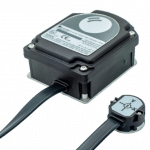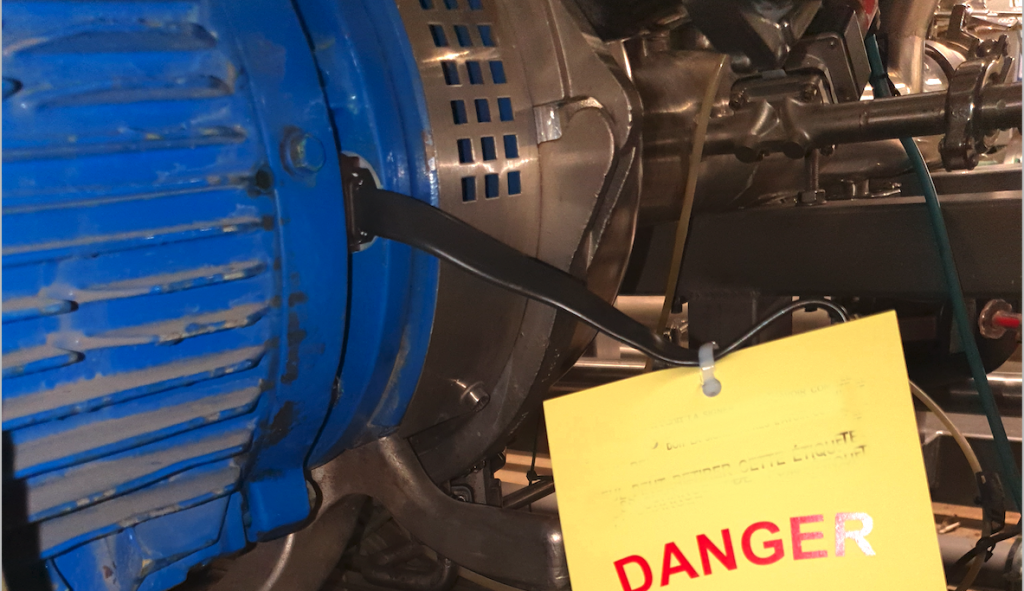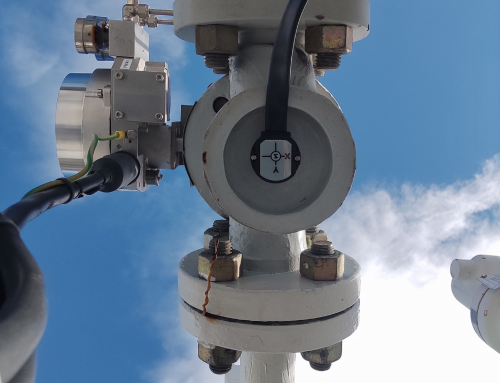Since the 19th century, the medical stethoscope has evolved to become a valuable and precise instrument in diagnosing diseases. Its design has changed over time, with particular attention to its size, shape, and importantly, the off-setting of its listening part, becoming an iconic symbol of modern medicine.

For the industrial world, Asystom has designed an instrument that takes its shape from this tool. It is currently transforming the way we monitor the health of our machines: it is interesting to note that many of our clients have instinctively named our technology the “industrial stethoscope”. It is true, we use vibration and sound as elements for diagnosing the health of machines. The resemblance is evident.
Compact Beacons: Good intentions, but unwieldy
The compact beacon, with its typically larger than 4 cm diameter and around 10 cm height, has long been the agreed-upon choice for machine monitoring. However, as everyone knows, industrial machines are not always compatible with cylindrical-shaped sensors.
Industrial environments are complex, and the placement of a compact beacon can prove to be a significant challenge.

The Innovation of the “Industrial Stethoscope”: A necessary evolution
Our “industrial stethoscope” concept, with its off-set probe (with a diameter of less than 3.5 cm and a thickness of less than 2 cm), represents a true evolution in machine monitoring.
This intelligent beacon has the capacity to optimally integrate into the most inaccessible parts of a machine. Thus, it offers a more flexible and adaptable solution for precise and efficient monitoring.
Design serving universality and precision
In industry, the design and size of tools play a crucial role in their effectiveness. Just as the stethoscope evolved to become a universal tool in medical practice, the “industrial stethoscope” offers a real advantage in monitoring industrial machines.
The success of an innovation depends on its ability to adapt to a wide variety of contexts. The miniaturization and adaptability of the “industrial stethoscope” therefore make it not only more practical but also more effective in its use.



